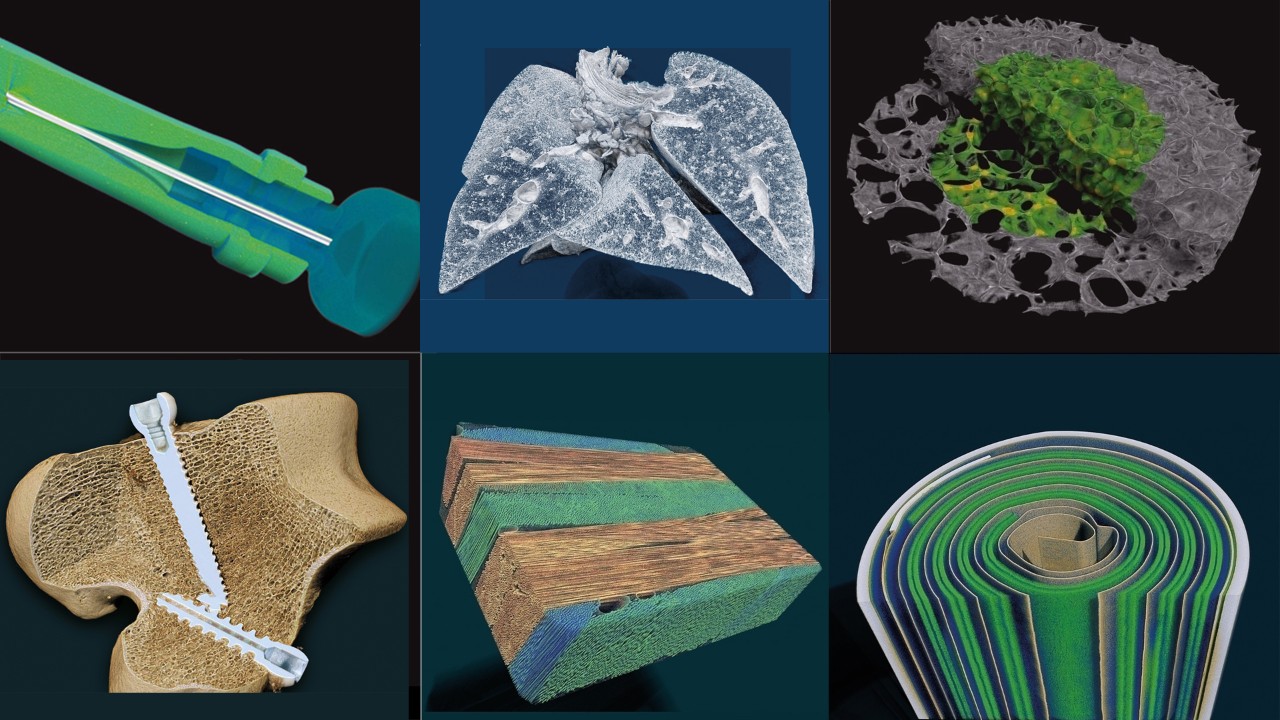Imaging of Dynamic Processes in Rocks
4D X-Ray Microscopy (XRM) or time-resolved XRM images dynamic processes in full 3D, where "time" is considered the 4th dimension. These processes can be imaged in steps, with no movement during a scan and are considered "time-lapse imaging". When processes happen fast, so-called "real-time imaging" is applied. This requires fast, continuous scanning of the sample, a task for which the SKYSCAN 1275 is an ideal system. The development of micro-CT technology made these 4D imaging methods possible in the lab, and is now finding its way in the geoscience community where movement of fluids and crystallization of solids in pore spaces are the driving forces in oil and gas recovery or weathering of natural stone.
Time-lapse XRM of these processes is performed by scanning a slow process at intermediary steps, every day or after each cycle of a certain treatment. In time-lapse XRM, image quality is often more important than acquisition speed, so this can be done on most X-ray microscopes.
Real-time imaging of dynamic processes requires short scan times to minimize movement of the sample or phases inside the sample during acquisition, that would otherwise introduce artefacts during reconstruction.
SKYSCAN 1275 can perform scans in 1 – 3 minutes, while still providing sufficient image quality for quantitative analysis of the dynamic processes.
When comparing different CT scans, it is important that samples are scanned and reconstructed using the same conditions to minimize any error in later results.
Image registration with 3D.SUITE enables exact comparison of data pore-to-pore or grain-to-grain, and create appealing images and movies. Quantitative analysis of all datasets will give insight in the evolution of the features of interest over time.
